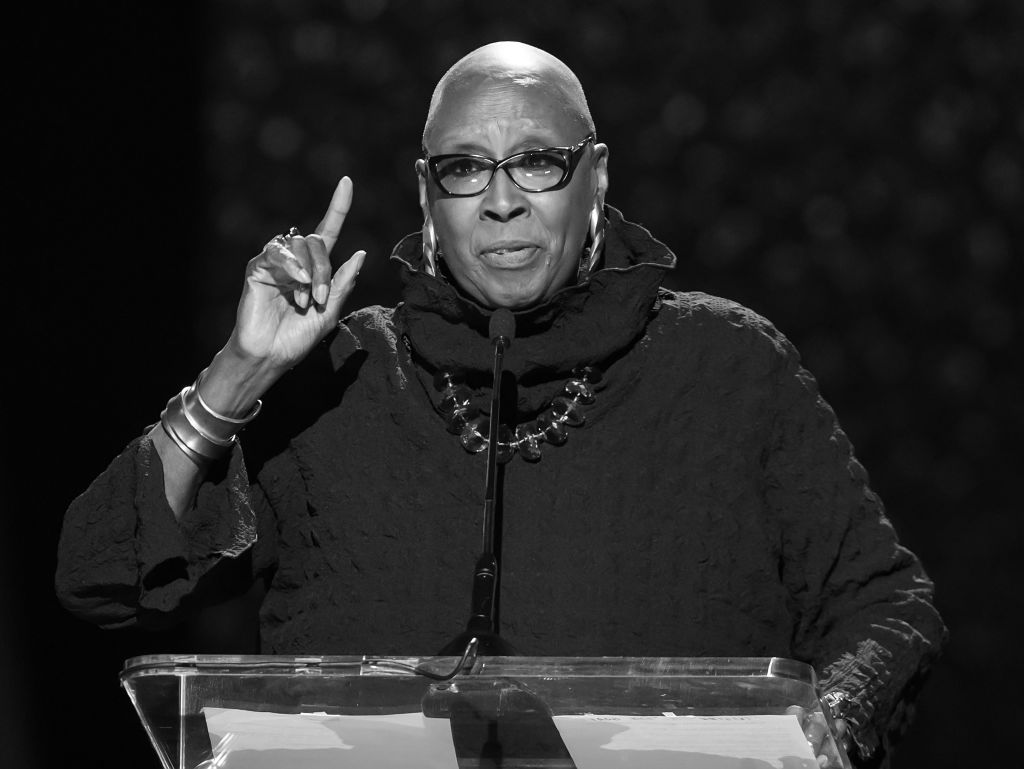Public health data signals a genuine crisis in adolescent mental health: rising rates of anxiety, depression, and hopelessness. But as we worry about tweens and teens who are struggling, we can’t ignore another mounting toll—the burdens that are shouldered by their friends and peers in an “always on” world.
We have studied teens and tech for over a decade. Still, what we learned in our most recent study stopped us in our tracks. We collected perspectives from more than 3,500 teens on the best and trickiest parts of growing up in a networked world, and we co-interpreted these perspectives alongside other teens who helped us make sense of what we were hearing.
Here’s what they told us: Their networks are ever-expanding, in no small part because there’s a sense that being “nice” means by default accepting follow requests from acquaintances and friends-of-friends. We often tell teens not to connect with strangers, yet we overlook the complexities of staying connected to anyone and everyone they meet. Teens tell us, “I don’t want to hurt anybody’s feelings if I can’t stay in touch with them.” And it’s not just staying connected—it’s keeping up with what others post, too.
Evidence from both human beings and primates indicates that we have a natural capacity to limit our social networks. Today, apps like Instagram, Facebook, and Twitter make it easier to keep up more connections at a lower cost in terms of time investment. But it may be that the very architecture of our brains is the reason we have defaulted to the same average network size throughout history. Perhaps you’ve heard of “Dunbar’s number,” representing the number of individuals with whom humans can maintain stable relationships. Prepare yourself: it’s (only) 150! Social media platforms thus make it technically possible to “maintain” more relationships than we are historically actually wired to track and manage. The result is an overwhelming water hose of social information. It’s especially intense for adolescents whose developmental sensitivities drive them to care deeply about what their peers are doing and thinking.
How can parents and adults help? It’s tempting to criticize teens’ sensitivity to social pulls or to roll our eyes when they obsess over their friends’ locations on Snapchat’s Snap Map. But these reactions give teens a sense that we don’t “get it,” and they dead-end dialogue rather than opening up conversations teens need.
Read More: Instagram Is Doing Grave Harm to Our Generation. We Need Help to Stop It
We’ve seen firsthand that combining genuine curiosity with empathy and validation is a magic formula. Ask questions like, “What is it like to be able to see where your friends are all the time? Are there times when it’s helpful? Are there times when it’s hard?”, and then follow-up with validating statements such as, “I can see how that helps you stay connected, but also how it could make you feel left out.” When we take this tack, teens keep talking—and we keep learning. They’re also more inclined to actually listen to advice we have to share. What’s more, asking teens genuine questions creates space for them to reflect on their connected lives. This builds a kind of metacognitive awareness, which the fast-pace and clever design features of apps otherwise undermine at nearly every turn.
Teens tell us about significant stresses that come with trying to be a “good friend” in the age of social media, too. Friendship requires both public and behind-the-scenes support. Even before a social media post is made public, close friends can be pulled into photo selection, editing, and final vetting. Once posts appear, friends are expected to step up—and fast. Liking posts is the bare minimum. A seventeen-year-old recounted how liking a friend’s post immediately triggered a direct message asking her why she hadn’t commented yet. “Then I have to comment like three times…,” she explained, “And I get really nervous about it too, because I have to think of something quick, and it has to be something really good.”
Another pressure is responding the ‘right’ way and in the ‘right’ amount of time, which differs from one relationship to another. Read receipts are implicated here; they signal that a message has been “Read.” To many teens, the time between a message being Read and reciprocated matters a lot. Replying too quickly can be seen as over-eager, especially when the friendship is new or not close. But when it’s a close friend, too long a lag can be hurtful. One teen told us, “If I don’t stay connected, the friendship will fall apart.” Anxious second- and third-guessing of text wording and response times has become a routine part of teen courtship, too.
Teens also told us about the burden of bearing constant witness to peers’ mental health struggles on public display via Instagram stories, TikTok videos, disappearing Snaps, and more. Certainly, the “highlight reel” quality of social media posts—everyone is apparently living their best life—can be hard for some teens. But there’s a kind of emotional whiplash that comes as teens see peers’ cutest pics interspersed with cries for help.
Appropriately, the stakes feel high. A fourteen year old told us, “My biggest worry is that I don’t have enough contact with friends who are struggling…I don’t want my friends to do something bad just because I didn’t respond in time to stop them from harming themselves or worse.” This is a big weight on young shoulders, and a sentiment we’ve heard on repeat.
Vivid stories clarified how these dynamics can play out. When fifteen-year-old Aly saw her classmate Jaylen’s Snapchat posts hint at suicidal thinking, she started to worry. But she struggled to interpret the messages and figure out what to do. Then, Jaylen’s posts got more explicit and Aly’s worry shifted to panic. She grappled with a question we heard other teens voice: What should you do (and who should you tell) if a peer’s social media posts seem alarming?
The challenge of interpreting social media posts—and speaking up—feels all the more relevant in a time when mass shootings are recurring events and digital evidence of threats is unearthed after the fact. In some cases, the poster’s message is clear and so too are their intentions to cause violence. But much of what teens see in their everyday lives falls into a kind of grey area: They don’t always know what is a joke versus a real threat.
How can adults help teens manage this particular burden? We need to first teach teens to pay attention to red flag feelings—and even yellow flag feelings: the gut sense that something is (or might be) off. We then need to talk to teens about what they should do when they see such posts, which starts with looping in others. Have teens identify a few trusted adults who they can turn to for help. In Aly’s case, she told her mom, and her mom contacted Jaylen’s parent. They were already at the emergency room, but Jaylen’s mom had no idea that Jaylen was posting about his distress.
Above all, encourage teens not to just scroll on or struggle in silence. Especially for kind and sensitive kids, the burden can be heavy. They shouldn’t bear this load alone. Nor should they put aside their own needs for sleep, joy, and other essentials. So teens who are supporting fragile friends may need guidance in setting boundaries that respect their friendships and themselves. How do you tell someone that you care and that you’re not available around the clock? Adults can help teens find kind but self-protective language that communicates when they need to disconnect. Encouraging teens to help their friends access other sources of support (like school counselors) is also key.
The qualities that make or break friendships are actually the same as they’ve always been: mutual sharing of joys and sorrows, a give and take of validation and support, and an ability to weather and resolve conflicts. But technologies have transformed how friendships play out. Social media intensifies the burdens that come along with being a good friend. Too often, these dynamics hit teens hard in ways that are lost on adults. We need that to change.
More Must-Read Stories From TIME



















Discussion about this post